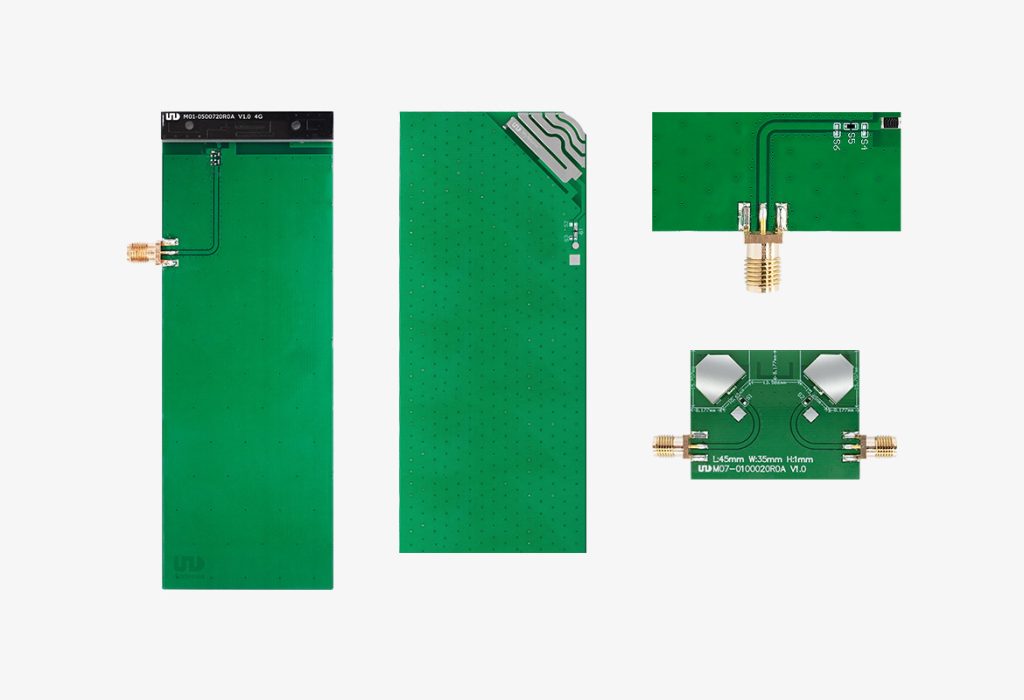Getting Started with IoT Prototyping: Essential Tools and Technologies for Beginners
The Internet of Things (IoT) is revolutionizing the way we interact with technology. As a beginner, understanding IoT prototyping is crucial for developing innovative solutions. This article will guide you through the essential tools and technologies needed to kickstart your journey in IoT prototyping.
Understanding IoT Prototyping
IoT prototyping involves creating a preliminary model of an IoT device or system. This process allows developers to test ideas, validate concepts, and refine functionalities before full-scale production. But what makes a successful prototype? It typically includes hardware components, software applications, and connectivity features.
Key Components of IoT Prototyping
- Microcontrollers: These are the brains of your IoT device. Popular options include Arduino and Raspberry Pi.
- Sensors: Sensors collect data from the environment, such as temperature, humidity, and motion.
- Connectivity Modules: These enable communication between devices. Common technologies include Wi-Fi, Bluetooth, and Zigbee.
- Development Platforms: Platforms like Node-RED and Blynk simplify the development process by providing user-friendly interfaces.
Essential Tools for IoT Prototyping
When embarking on your IoT prototyping journey, having the right tools is essential. Here are some recommended tools:
- Arduino IDE: A popular open-source platform for programming Arduino boards.
- Raspberry Pi: A versatile mini-computer that can run various operating systems and applications.
- Fritzing: A tool for designing circuit layouts and creating schematics.
- Postman: Useful for testing APIs and ensuring your device communicates effectively.
Best Practices for Successful Prototyping
To ensure your IoT prototyping efforts are fruitful, consider the following best practices:
- Start with a clear problem statement to guide your design.
- Iterate quickly; don’t be afraid to make changes based on testing feedback.
- Document your process to track progress and learn from mistakes.
- Engage with the community for support and inspiration.
Exploring Advanced Technologies
As you become more comfortable with IoT prototyping , you may want to explore advanced technologies. For instance, integrating machine learning can enhance your device's capabilities. Additionally, consider using specialized components like antennas to improve connectivity. For high-performance antennas, check out  .
.
Conclusion
In conclusion, IoT prototyping is an exciting field that offers endless possibilities for innovation. By understanding the key components, utilizing essential tools, and following best practices, you can create prototypes that pave the way for successful IoT solutions. Embrace the journey, and remember that every prototype is a step toward a more connected future.
